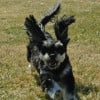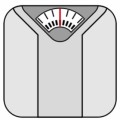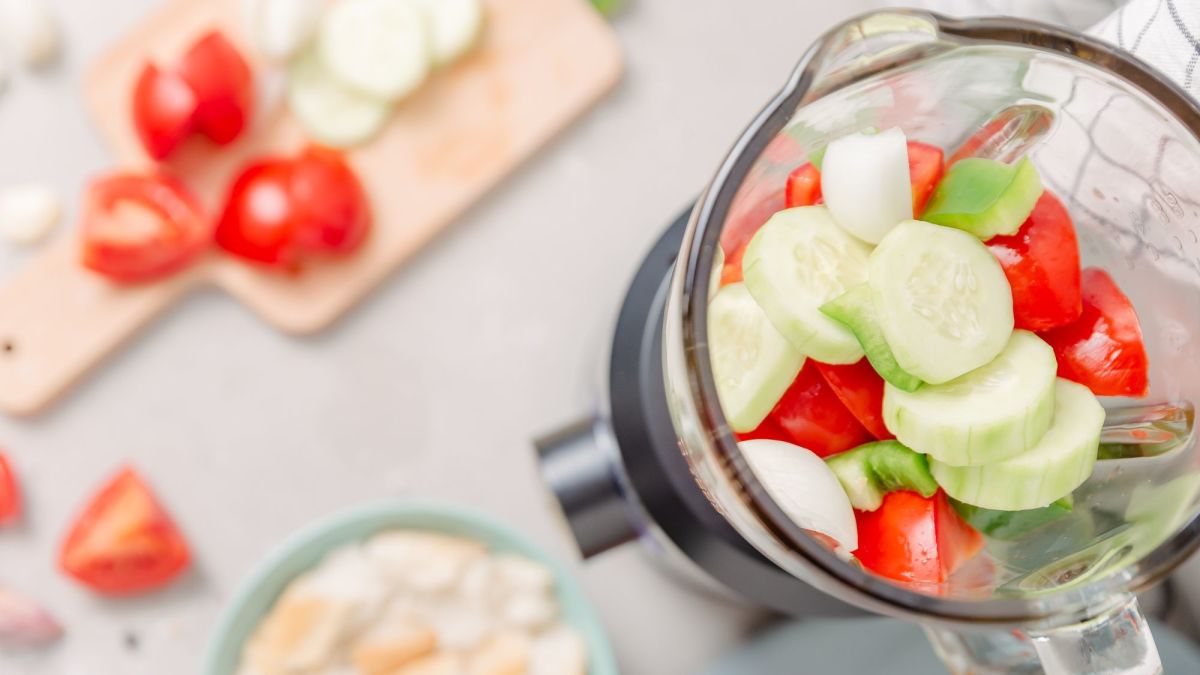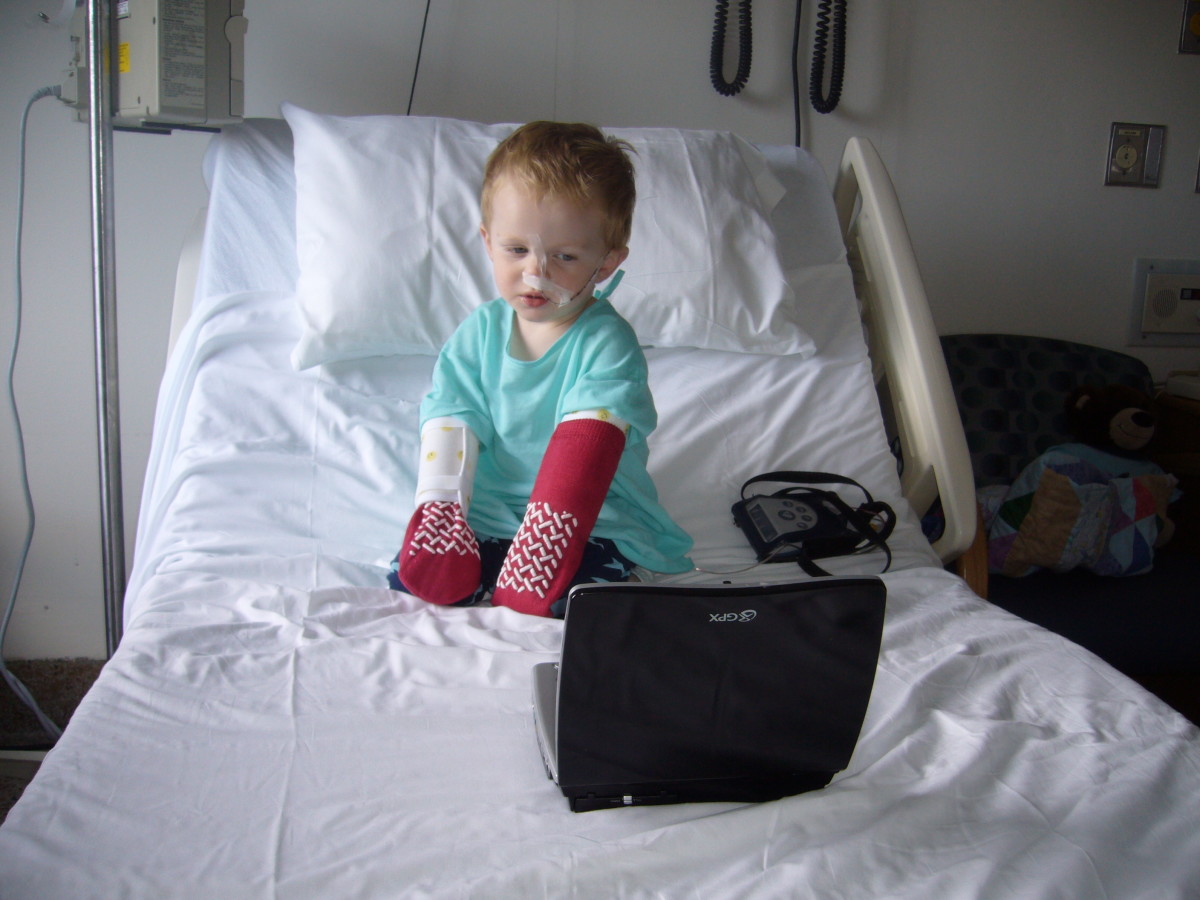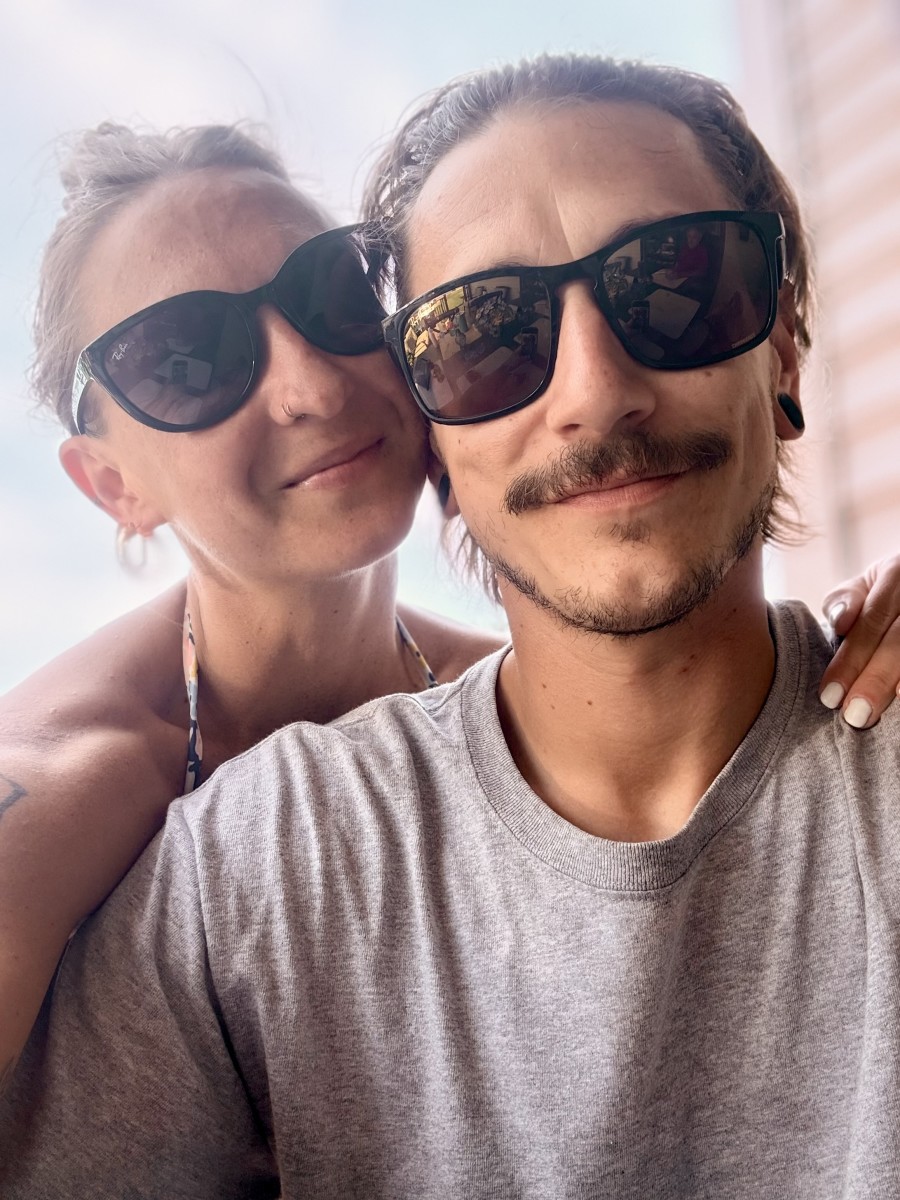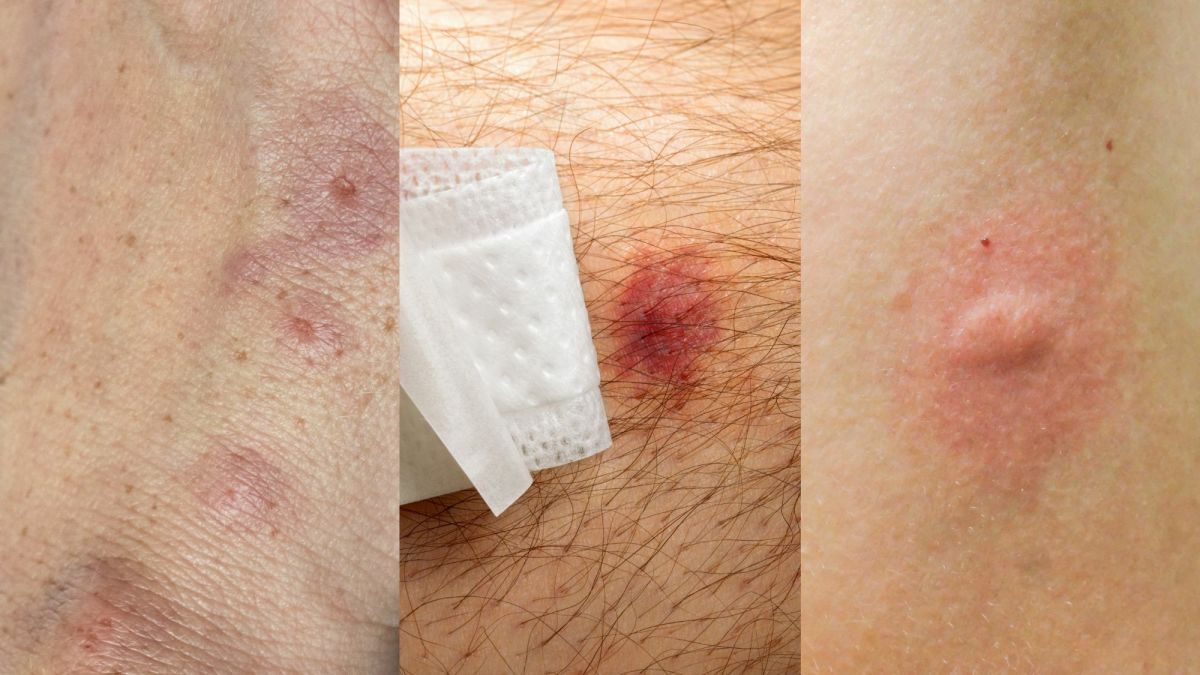Eating after Surgery
Eating after surgery
I’ve been an ICU nurse for my entire nursing career. Across the board, there’s a single request that comes up with nearly every patient that wakes up from being put to sleep for surgery. Water. And the majority of the time, I have to politely decline.
There are quite a few effects from sedation and true anesthesia that are less than desirable. Depending on what procedure is performed, it could be between 30 minutes, a few hours, or even a couple of days before you’re able to eat or drink again.
For small procedures, such as a scope (camera that goes down to the stomach, colon, lungs, etc), you could be allowed to drink shortly after waking up. However, if they use certain numbing sprays on your throat, it could be several hours before it’s safe to do so.
- The epiglottis keeps food going to the stomach, and air to the lungs.
- The epiglottis might not function as quickly as the rest of you after anesthesia.
- Any foreign object in the lungs is called aspiration, and can cause pneumonia.
What's the big problem with drinking?
In your throat, there’s a gatekeeper known as the epiglottis. This is a little flap of skin that keeps air going into your lungs, and food and water into your stomach. When you swallow, it covers your air pipe so that whatever you’re swallowing only goes to your stomach. And when you breathe, it covers the stomach side so that you don’t get air in your stomach and become bloated. That person you know who can burp on command? They’ve learned to get air into their stomach past this gatekeeper.
After surgery, the gatekeeper doesn’t always wake up as fast as the rest of you. If it misbehaves, and covers the stomach when it should cover the lungs, that water you just drank could go straight into your lungs. We call it aspiration whenever foreign objects (water, food, vomit, etc) get into the lungs. This can very quickly (and easily) lead to pneumonia, buying you extra time in the hospital.
- When you can't eat or drink, it's called NPO.
- You'll receive IV fluids if you aren't drinking.
- We evaluate fluid status by how much you urinate.
- If you aren't able to eat for several days, you'll get a feeding tube.
What about dehydration?
When you aren’t allowed to swallow anything (called NPO in medicalese), you’ll usually have an IV with fluids running. Typically you’ll receive two to four ounces an hour this way. And the reason nurses want to see your pee before you flush it, is because we gauge your fluid status by the amount you urinate.
And for nutrition, if you’re not going to be able to eat for a few days, one of two things will happen. The better option is for you to get a temporary feeding tube. This just goes in your nose, and from there into your stomach. This allows us to give you food without the risk of it going in the wrong place. If your stomach isn’t a good option, you can receive nutrition directly through an IV, but we try to avoid this option.
- Clear liquid diets allow for clear fluids, jellos and apple sauce.
- Full liquid diets allow for any soft foods (jello/pudding) and any liquid.
- Regular diets allow you to eat like normal.
- Don't overdo it. It takes a while to eat like normal after surgery.
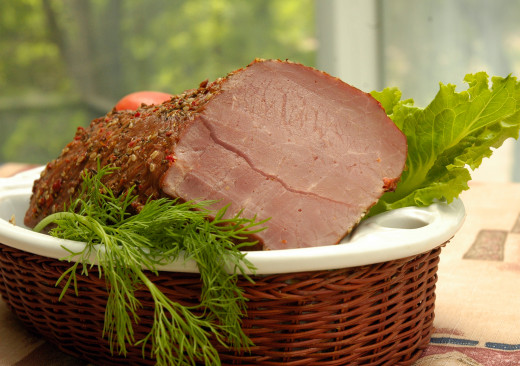
The diet process
Ok, you haven’t eaten in a week, you get the go ahead, and it’s time to binge! Right? Err, no. If you do that, there’s a very good chance you’re going to throw up, and then have the food taken away again.
First you’ll be allowed sips of water, emphasis on the word sips. Don’t overdo it. If you’re receiving pain medicine, it could have the side effect of slowing down how fast your stomach moves food through, so go easy.
After it’s determined you’re safe with sips of water, you’ll get to try a rousing dinner of chicken broth, jello, and apple sauce. This is called a clear liquid diet. The reason you’re restricted to a clear liquid diet is just in case you throw up, and that gets into your lungs.. well, in that situation, there’s a risk of your lungs failing, and you requiring a breathing tube. If all you’ve had is clear, the doctors can better see where they’re putting the tube.
After you graduate from clears, you’ll get either a regular diet (solid food) or full liquid diet. On a full liquid, you can have anything soft or liquid. With a regular diet, again, just don’t stuff yourself. If it’s been a few days since your last meal, your body isn’t ready for a huge intake of food, and you’re going to get nauseous. This isn’t even something I’ll call a risk, it will happen. Period. So, have a few small meals and slowly increase your intake until you’re back to normal.
